One of the highlights of Arts of the Islamic World and India, including Fine Rugs and Carpets, on Wednesday, October 28, is this northern Renaissance portrait of Hürrem Sultan, aka Roxelana, is the star of the autumn’s Sotheby’s Islamic Arts Sale. In the latest issue of Cornucopia, No 63, Julian Raby peels away centuries of confusion to establish Süleyman the Magnificent’s legal wife’s true identity. Subscribers can read the full illustrated article online here.
Another notable work in the Islamic Sale on Wednesday is the largest known Iznik pottery ‘grape’ dish, circa 1530 (Lot 230). The magnificent charger, Lot 230, which features on the back cover of the issue. Like so much Iznik of the period, it was inspired by blue and white Yuan dynasty porcelain, as John Carswell so lucidly describes in An Odyssey in Blue and White (Cornucopia 25). At 44.5cm in diameter, it also rivals them in size, but the design is no mere copy. It is breathtakingly fluid.
So-called ‘Greek Island’ embroideries also feature in the latest Cornucopia. In ‘Island Threads’ Jennifer Wearden writes about the recent exhibition at the Ashmolean in Oxford. The book of the exhibition, Aegean Legacies, published by the museum in conjunction with Hali Magazine, is available here. Lot 237 is a silk embroidered fragment from Ottoman Epirus, in northern Greece, 17th/18th century (est £7,000–10,000). These embroideries were avidly collected in England during the Arts and Crafts movement, when they were suddenly perceived as art in their own right. As Wearden says, writing about the Oxford show, which was devoted to the 25 embroideries from the Ashmolean’s collection, ‘the majority of which were given to the museum by two donors with links to Oxford, the anthropologist Prof John Lynton Myers and his student John Buxton, the ‘staggering variety of designs and ways they are treated must surely have delighted the men… There are the colourful cockerels of Skyros, the monotone lace-like patterns of Naxos, the rather stiff parrots of the northern Dodecanese and the jewel-like colours of the Renaissance patterns of Crete.’ Sources of inspiration were far and wide, even Iznik tile designs could appear in Epirus embroideries.
Lot 169 in the same sale is an elegant Seljuk silver goblet, from the 11th or 12th century. Measuring 18.5cm high, it could have been made in the Balkans or Central Asia and is inscribed in nielloed ground with the name of the person it was made for, presumably a wealthy merchant, Sayyid Abi Mansur Voshmn (?): ‘Glory and Prosperity and Wealth and Happiness and Generosity and [God’s] Grace and Alacrity and ample Ornaments and Constancy and Victory and Long-life to its owner’
And if you have a problem reading this type, the Sotheby’s Islamic sale has just the thing for you from another Turkish-speaking court, the Mughal: Lot 214, a pair of Mughal spectacles set with emeral and diamond lenses in diamond-mounted frames. The lenses are thought to be 17th-century, the frame 19th, the estimate £1.5m–2.5m. William Dalrimple describers them here:
Etel Adnan is another name in this remarkably eclectic week at Sotheby’s that will resonate with readers of the new issue. Cornucopia’s contributing editor Thomas Roueché eloquently describes her exhibition at the Pera Museum earlier this year. Etel Adnan, a profoundly observant environmentalist, was born in Beiruit in 1925 to a Greek mother from Izmir and an Ottoman officer from Damascus. Lot 11 in the 20th Century / Middle East Sale (October 26) is her 2017 watercolour Paysage nocturne from the El-Nimer Collection, Beiruit. ‘In their abstraction these works clearly speak to no particular landscape,’ Roueché writes, ‘yet they draw from all: is this the Mediterranean or the Pacific, we might wonder? Yet it is this very abstraction that makes the work so powerful, so eternal, so universal’ (see article. The Pera exhibition can be visited online here, and the catalogue purchased through Cornucopia here.
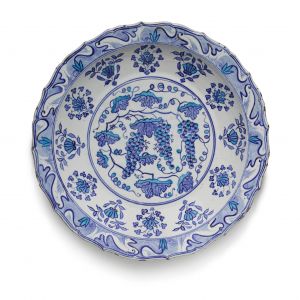
Lot 230 A monumental Iznik pottery dish with grape vines, Turkey, c1530 (the Islamic World and India Sale at Sotheby's London, October 27, est £250,000 – 350,000)

Lot 237 in the Islamic World sale at Sotheby's on October 27: a silk embroidered fragment, probably from Ioannina, in Ottoman Epirus (now northern Greece), 17th/18th century (est £7,000 - 10,000)
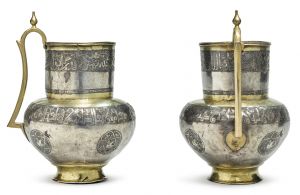
Two views of Lot 169 in the Islamic World sale on October 27, a rare and important Seljuq silver-gilt and nielloed handled jug, Siberia or Central Asia, 11th/12th century (est £80,000–120,000)
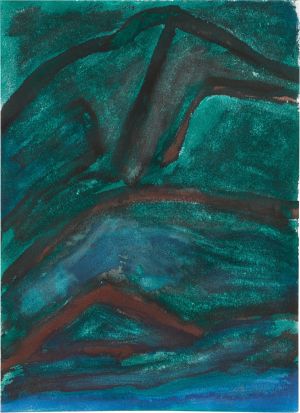
Paysage nocturne, by Etel Adnan, 2017, Lot 11 in Sotheby's 20th Century / Middle East Sale, which closes at 1pm on October 26 (est £15,000–20,000)
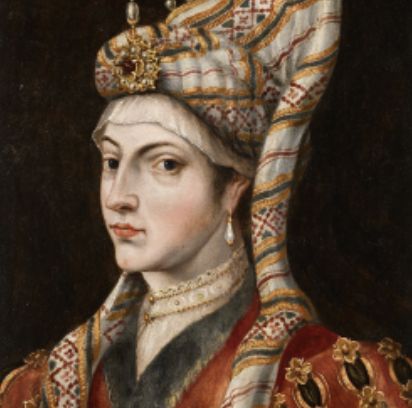

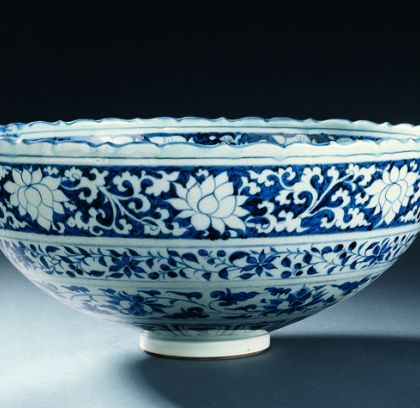
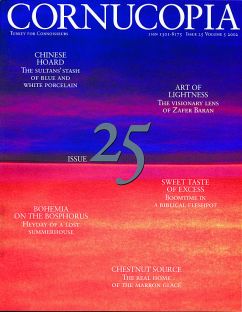
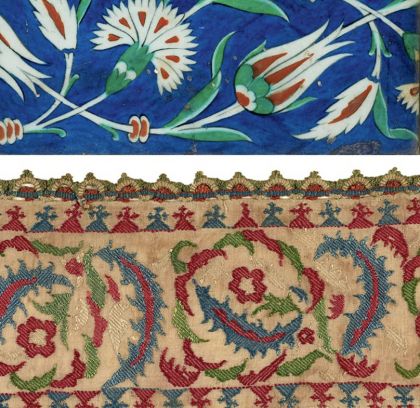
Jennifer Wearden
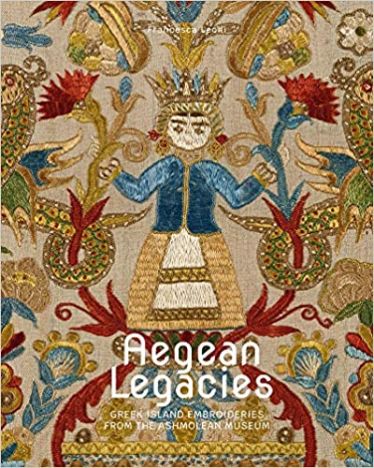
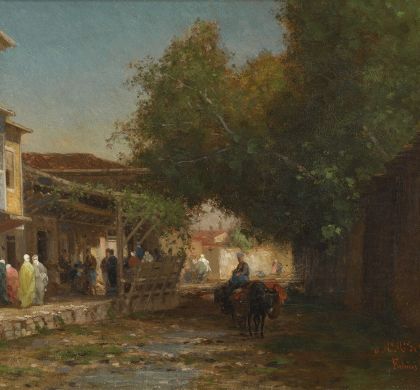 Sotheby’s Orientalist Sale Autumn 2021
Sotheby’s Orientalist Sale Autumn 2021
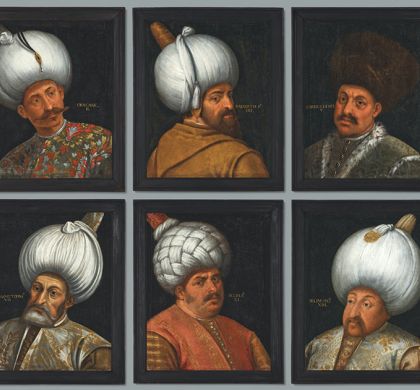 Christies: Arts of the Islamic and Indian Worlds including Oriental Rugs and Carpets, Autumn 2021
Christies: Arts of the Islamic and Indian Worlds including Oriental Rugs and Carpets, Autumn 2021
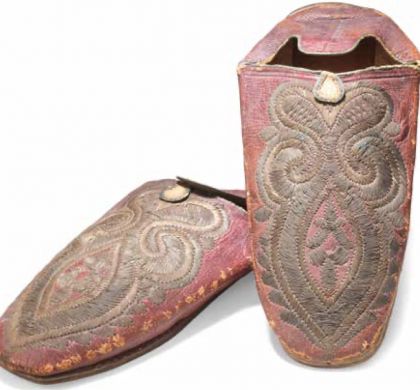 Bonhams Islamic and Indian Art Autumn 2021
Bonhams Islamic and Indian Art Autumn 2021
 Issue 66, December 2023
Turkey’s Centenary Issue
Issue 66, December 2023
Turkey’s Centenary Issue